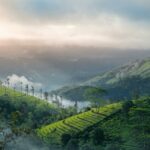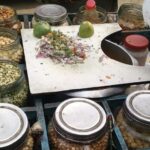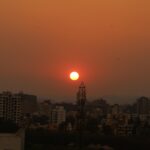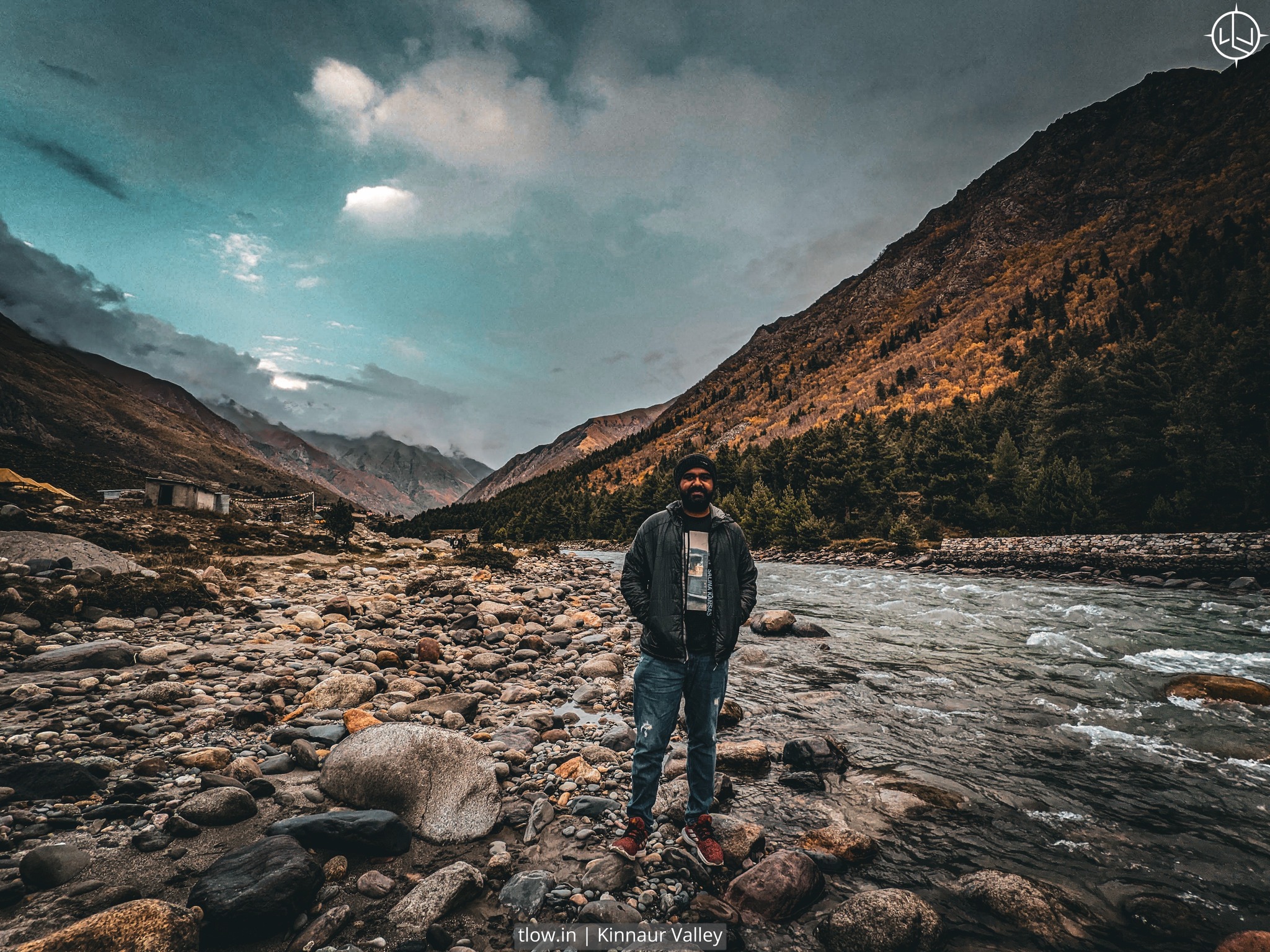
5 Must know about about the Baspa River
The Baspa River originates from the “perennial glaciers” of the Indo-Tibetan borders. Baspa River forms the Baspa Valley, which is also known as Sangla Valley. Baspa Valley is one of the most scenic places in the Himalayas mountain ranges.
Origination of Baspa
The River, also known as the Baspa Nala or Baspa Valley, is a tributary of the Sutlej River in Himachal Pradesh, India. It originates from the Glacier in the Baspa Valley, which lies in the Kinnaur district.
The river flows in a south-eastern direction through the beautiful Valley, offering mesmerizing views of the surrounding mountains and valleys. It passes through several small villages, including Chitkul, which is the last inhabited village on the Indo-Tibetan border.
Flow
The River is fed by melting glaciers and snowfall from the higher Himalayas, ensuring a steady flow of water throughout the year. The water of the river is crystal clear and is often used for hydropower generation and irrigation purposes.
The Valley is famous for its apple orchards, pine forests, and picturesque landscapes. The river adds to the charm of the valley, attracting tourists who come to experience its natural beauty and indulge in activities like camping, trekking, and angling.
Holy
The river is also considered holy by the locals, who believe that taking a dip in its sacred waters can cleanse sins and bring blessings. Several festivals and rituals are associated with the Baspa River, making it an important part of the cultural fabric of the region.
Table of Contents
Name of Baspa
The famous Chung Sakhago Pass also lies at the head of Baspa Valley which is formed by Baspa River.
The Baspa River shares its catchment basin with the Ganga River.
Baspa River starts at Baspa hills located in Baspa Valley of Himachal Pradesh, India.
The length of the River is 75 km which flows in the Valley which is 95 km long in Himalayan mountains range.
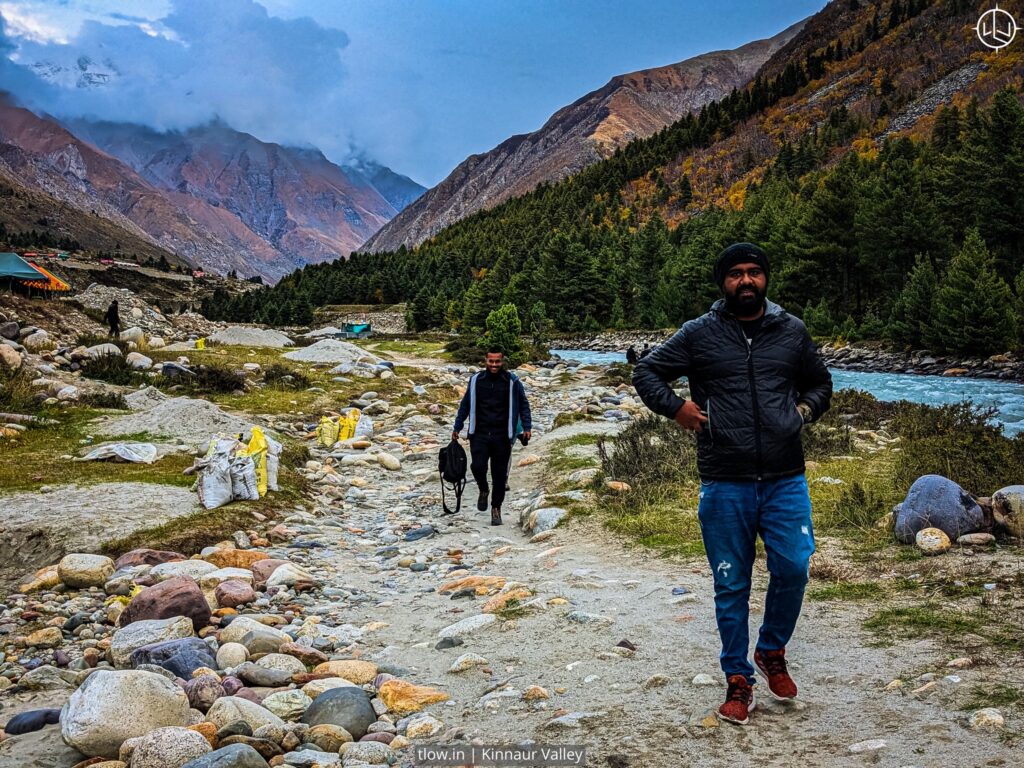
Captivating
The River offers captivating views of Sangla valley, apple orchards, streams, snow-clad mountains, and many more.
The River joins Sutlej River from the left bank near to Karcham.
The first Independent hydroelectric power project “Karcham wangtoo” is located on the bank of Baspa River.
Majestic
The River is the centre point of this majestic valley, which has other great destinations like Chung Sakhago Pass enclosing it.
There are many glaciers around the Baspa River that add to this beauty and give a unique kind of experience to the visitors.
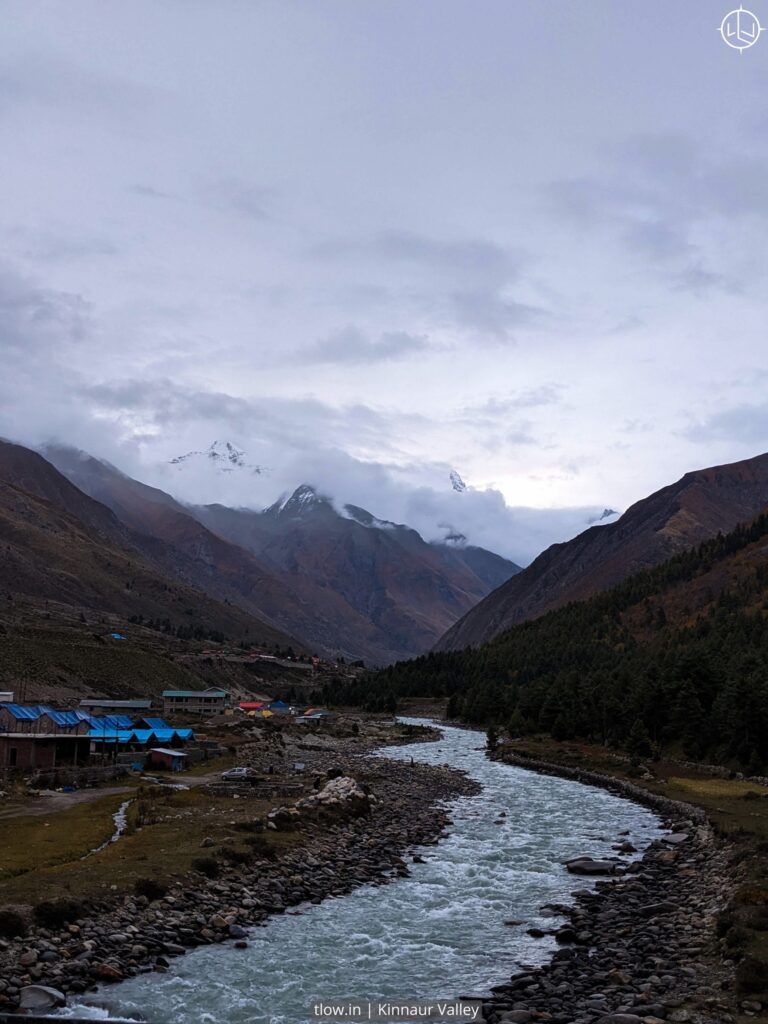
Some of the most scenic villages of Himalayas are found at bank of Baspa River.
Best timing to explore Baspa River is at “Sunrise and Sunset”. At this time the significant view makes you happy. The upper and middle slopes of the Baspa valley along with the Baspa River are covered with pine and oak trees.
Some prominent places along the Baspa River include:
1. Sangla Valley:
Located in Himachal Pradesh, India, this picturesque valley is nestled along the banks of the Baspa River. It is known for its stunning natural beauty, apple orchards, and ancient Kamru Fort.
2. Chitkul:
Situated at an altitude of 3,450 meters, Chitkul is the last inhabited village on the Indo-Tibetan border. It is famous for its traditional wooden houses, gushing river, and breathtaking Himalayan views.
3. Rakcham:
Another charming village in the Baspa Valley, Rakcham offers serene landscapes, meandering river, and opportunities for hiking and trekking. It is a popular spot for nature lovers and adventure enthusiasts.
4. Batseri:
Located on the banks of the Baspa River, Batseri is a small village known for its traditional Kinnauri architecture and beautiful temples. Visitors can explore the village’s unique cultural heritage and enjoy the tranquility of the river.
5. Baspa Dam:
This hydroelectric dam is situated on the Baspa River in Kinnaur, Himachal Pradesh. It provides a scenic view of the river, surrounded by towering mountains and lush greenery.
6. Shuwang Tea Garden:
Located near the Baspa River in Kinnaur, this tea garden offers a unique experience of visiting a tea plantation in the Himalayas. Visitors can witness the tea processing and enjoy the beautiful surroundings.
These are just a few popular places along the Baspa River. The river flows through picturesque landscapes, making it a sought-after destination for nature lovers and adventure seekers.
In conclusion, the Baspa River is a scenic and culturally significant river in the Kinnaur district of Himachal Pradesh. Its pristine waters and breathtaking surroundings make it a popular tourist destination and contribute to the social and economic well-being of the local communities.
Text by Ashutosh Kumar

